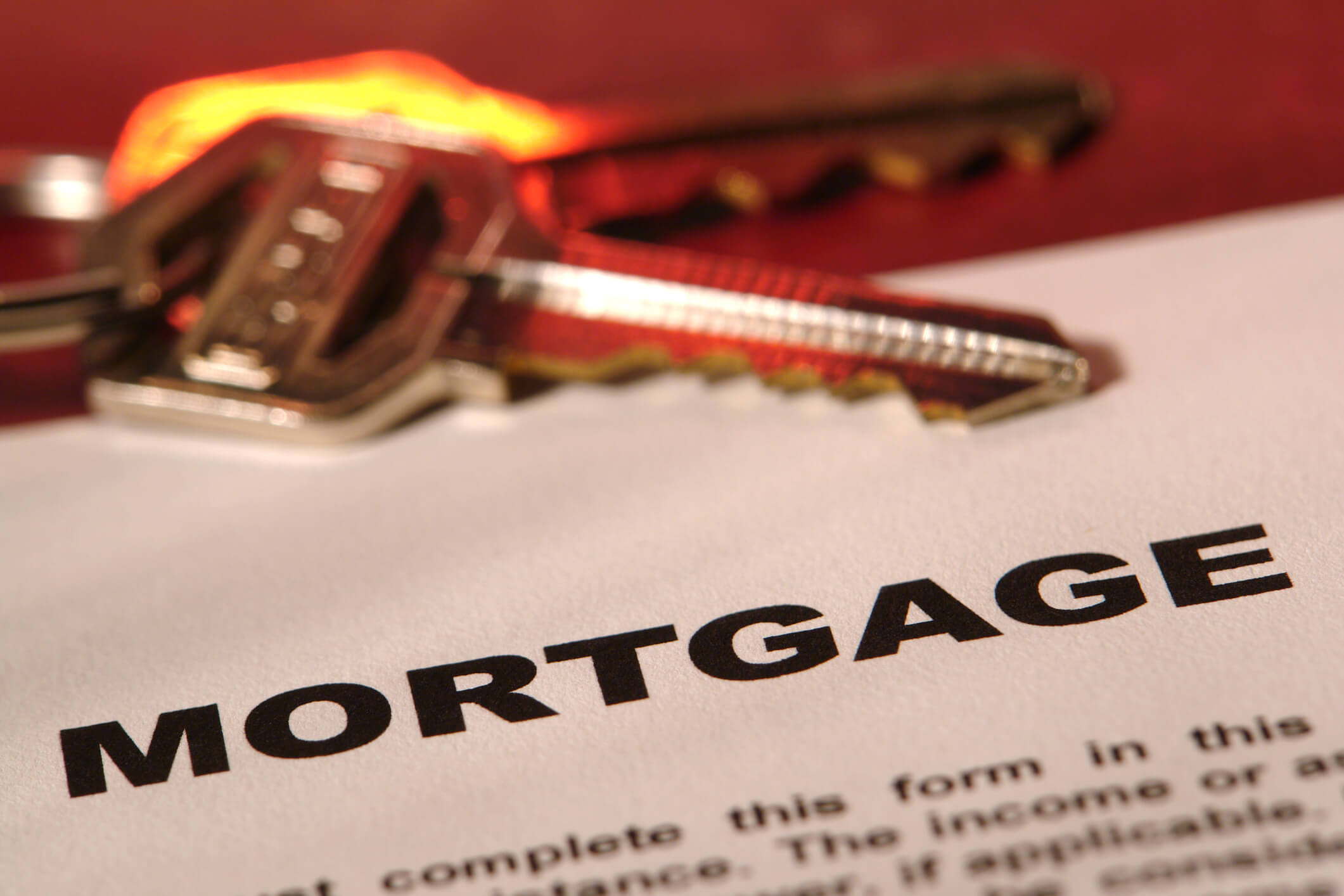Navigating the world of mortgages can be daunting, especially for first-time homebuyers.
In 2024, the median age of first-time homebuyers reached 38, with a median household income of $97,000 according to Business Insider. With rising home prices and mortgage rates, understanding the various loan options available is crucial. This article delves into three prominent mortgage types: FHA, Conventional, and USDA loans, highlighting their features, advantages, and considerations to help you make an informed decision.
FHA Loans: Accessible Financing for First-Time Buyers
The Federal Housing Administration (FHA) insures loans made by approved lenders to borrowers with less-than-perfect credit. In fiscal year 2024, approximately 82.64% of FHA-insured forward purchase transactions were granted to first-time homebuyers. One of the primary benefits of FHA loans is the lower down payment requirement, often as low as 3.5%. This makes homeownership more accessible for those with limited savings.
However, FHA loans come with certain considerations. Borrowers are required to pay mortgage insurance premiums (MIP), both upfront and annually, which can increase the overall cost of the loan. Additionally, the property must meet specific standards set by the FHA, which may require additional inspections or repairs.

A bank manager presents a miniature house to a customer, representing the journey from mortgage application to homeownership.
Conventional Loans: Standard Financing with Flexibility
Conventional loans are not insured or guaranteed by the federal government. They are typically offered by private lenders and may require a higher credit score and a larger down payment compared to FHA loans. In 2024, the median down payment for first-time homebuyers was 9%, with many opting for conventional loans to avoid the additional costs associated with FHA loans acording to the National Association of REALTORS.
One of the advantages of conventional loans is the potential to avoid private mortgage insurance (PMI) if the borrower can make a down payment of 20% or more. This can result in significant savings over the life of the loan. Conventional loans also offer more flexibility in terms of property types and loan amounts.
USDA Loans: Homeownership Opportunities in Rural Areas
The U.S. Department of Agriculture (USDA) offers loans to eligible rural and suburban homebuyers who meet certain income requirements. These loans are designed to promote homeownership in rural areas and offer several benefits, including no down payment requirement and competitive interest rates. As of September 2025, Rural Development reports that the current interest rate for USDA loans is 5.125% for low-income and very low-income borrowers.
However, USDA loans have specific eligibility criteria. The property must be located in a designated rural area, and the borrower's income must fall within the limits set by the USDA. Additionally, the borrower must have a reliable income and a reasonable credit history.
Comparing the Loan Types
| Feature | FHA Loan | Conventional Loan | USDA Loan |
|---|---|---|---|
| Down Payment | As low as 3.5% | Typically 5%–20% | 0% |
| Credit Score | 580+ | 620+ | Varies by income and location |
| Mortgage Insurance | Yes (MIP) | Yes (PMI if <20% down) | Yes (annual fee) |
| Income Limits | No | No | Yes |
| Property Location | Any | Any | Rural/Suburban |
| Loan Limits | Varies by county | Conforming limits | Varies by county |
People Also Ask
What is the minimum credit score required for an FHA loan?
The minimum credit score required for an FHA loan is typically 580 to qualify for the 3.5% down payment option. However, some lenders may accept scores as low as 500 with a 10% down payment.
Can I use a USDA loan to buy a home in any state?
USDA loans are available in all 50 states; however, the property must be located in a designated rural area. Eligibility maps are available on the USDA website to determine qualifying locations.
What is the current interest rate for a USDA loan?
As of September 2025, the current interest rate for USDA loans is 5.125% for low-income and very low-income borrowers. Interest rates can be as low as 1% when modified by payment assistance.
How can I avoid paying private mortgage insurance (PMI)?
To avoid paying PMI on a conventional loan, you typically need to make a down payment of at least 20%. Alternatively, some lenders offer lender-paid mortgage insurance (LPMI) options.
Conclusion
Choosing the right mortgage is a pivotal decision in the homebuying process. FHA loans offer accessibility for those with limited savings, conventional loans provide flexibility and potential savings on mortgage insurance, and USDA loans present opportunities for homeownership in rural areas with favorable terms.
It's essential to assess your financial situation, creditworthiness, and long-term goals when selecting a mortgage type. Consulting with a mortgage advisor can provide personalized guidance to help you navigate these options and make an informed choice.














